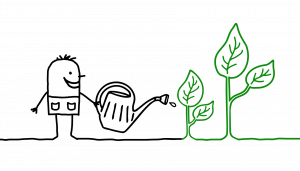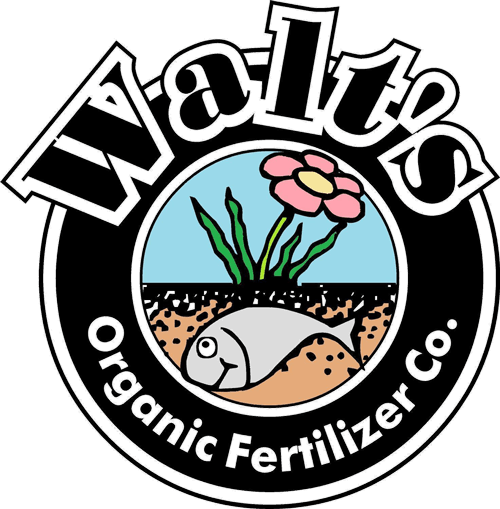
Let’s start with the basics:
N-P-K: the three primary macro-nutrients required for healthy plant growth.
N is for Nitrogen
- Nitrogen is a macro-nutrient, important to the green growth for all plants.
- Common sources of nitrogen include: Fish Meal, Blood Meal, Feather Meal
- Common symptoms of nitrogen deficiency include stunted plant growth, and leaves that are pale green or yellow.***
- Excessive nitrogen can burn your plants, resulting in browning of leaves (often on the edges), darkening of veins, and usually leads to wilting.***
P is for Phosphorus
- Phosphorus is essential for fruiting, flowering, and healthy root growth
- Common sources of Phosphorus Include: Fish Bone Meal, Soft Rock Phosphate
- Common symptoms of Phosphorus include poor growth, and leaves that turn blue/green but not yellow—oldest leaves are affected first.***
- Too much phosphorus can inhibit the absorption of other important nutrients.
K is for Potassium
- Potassium increases root growth, improves drought and disease resistance
- Common sources of Potassium include: Kelp Meal, Sulfate of Potash, Greensand
- Typical symptoms of potassium deficiency in plants include brown scorching and curling of leaf tips as well as (yellowing) between leaf veins. Plant growth, root, seed and fruit development are usually reduced in potassium-deficient plants.***
- Too much potassium can inhibit the absorption of other important nutrients.
Fertilizing a Seattle-Area P-Patch or Home Garden?
Visit this page for more information about our custom-blend fertilizers for this area.
***Note: While these are some common issues associated with imbalanced soil nutrients, deficiencies and surpluses may manifest in many different ways and resemble symptoms of other issues. If you suspect a nutrient imbalance is causing your garden issues, the best way to diagnose your soil is to have it tested. We like UMASS Amherst’s Soil Test, and the King Conservation District Soil Testing Program.
